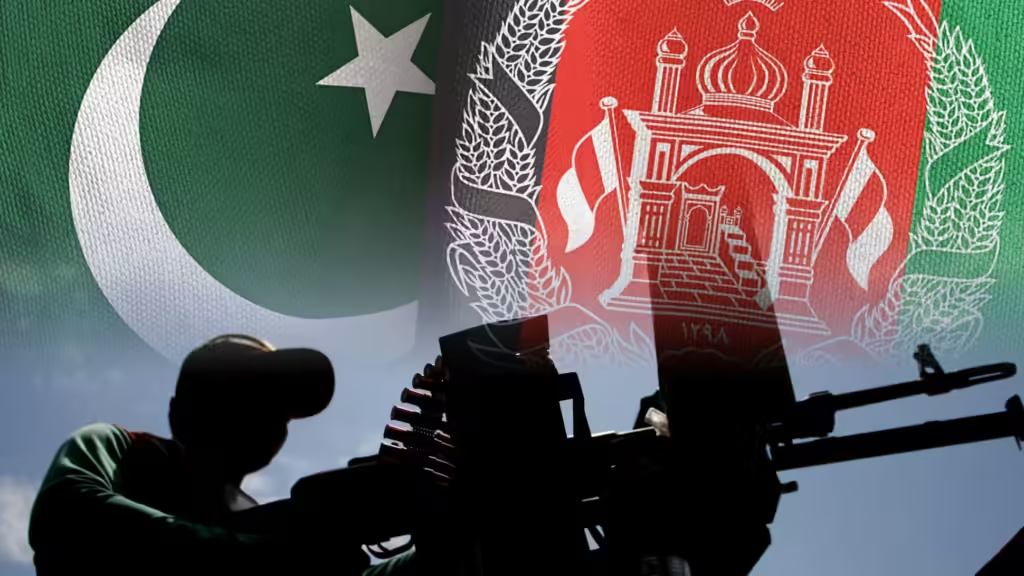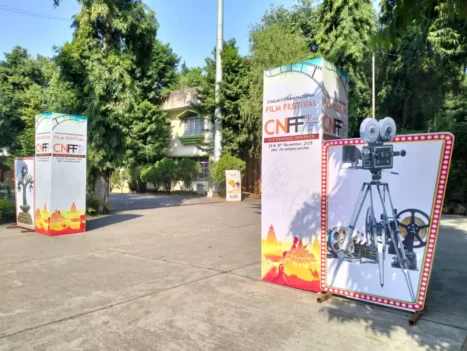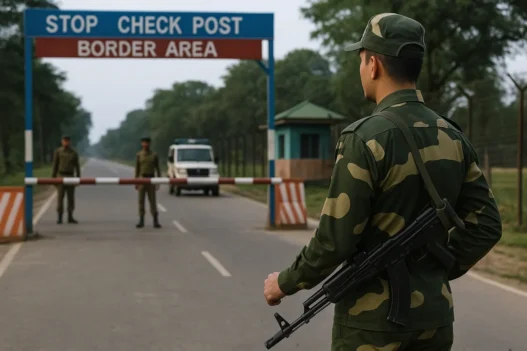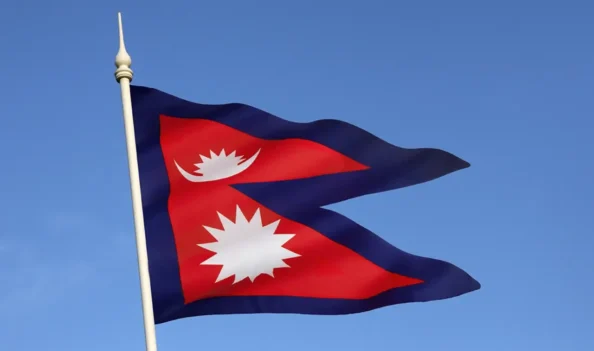In the arid borderlands where the Hindu Kush gives way to the plains, Pakistan is fighting a war it cannot win and cannot afford to stop. What began as a counterterror campaign has metastasized into a structural crisis. The Taliban’s return to power in Kabul has not given Islamabad the “strategic depth” it once fantasized about. Instead, it has exposed a nation caught in an impossible geometry: India in the east, insurgents in the west, and an economy bleeding from both flanks. This is not a war of territory anymore. It is a war of exhaustion fiscal, moral, and institutional where the insurgents spend belief, and the state spends billions.
The Fault Line Beneath the Flag
Pakistan and Afghanistan are twin creations of incompatible visions both invoking Islam, yet both structured around ethnic hierarchies. Pakistan’s Two-Nation Theory promised unity through faith, but it never accounted for the diversity within its borders. The same faith that could not bind East and West Pakistan in 1971 now struggles to contain Sindhis, Baloch, and Pashtuns under Punjabi dominance.
The military, the economy, and the bureaucracy all orbit around Punjab, turning Pakistaniyat into an extension of Punjabiyat. The Pashtun Tahafuz Movement (PTM) and the Baloch insurgency are not separatist outbursts; they are reckonings; social uprisings against decades of enforced silence.
Across the Durand Line, the Taliban’s project mirrors Pakistan’s contradictions. Its rule fuses Deobandi orthodoxy with Pashtun nationalism, wrapping tribal codes like Pashtunwali honor, hospitality, revenge in the garb of divine law. It claims to defend Islam, but in practice, it defends ethnic primacy. Hazaras, Tajiks, and Uzbeks nearly half of Afghanistan live in exclusion, their histories rewritten by a Pashtun-centric theocracy.
What unites both Islamabad and Kabul, ironically, is the weaponization of religion to mask the politics of dominance. Faith is the flag; ethnicity is the state.
The Durand Dilemma
The 2,640-kilometer Durand Line remains the colonial ghost neither side can exorcise. To Pakistan, it is a sovereign border. To Afghanistan, it is an imperial scar. For the Pashtuns divided by it, it is an open wound, the unhealed memory of a homeland split by an empire.
The Taliban and the TTP exploit that wound. “Pashtunistan” the dream of unity stretching to the Indus serves as both myth and mobilization. Every Pakistani strike across the border is framed as an attack on Pashtun honor, every Taliban raid as revenge for history’s theft. Meanwhile, Tajiks, Hazaras, and Uzbeks watch from the sidelines, investing less in the Line than in their share of Kabul’s power. The border thus becomes both fiction and fuel porous enough for militants, closed enough to cripple trade.
The Economics of an Endless War
Every closure at Torkham or Chaman costs millions a day, diverting commerce into smuggling routes that bankroll insurgents. The war, in other words, funds itself.
Pakistan’s doctrine of “strategic depth” , once an audacious attempt to gain leverage over India has collapsed into what can only be called strategic confinement. The Taliban’s victory emboldened the TTP, not Islamabad. By 2023, terror deaths had quadrupled since 2019, with Khyber Pakhtunkhwa once again a war zone. Afghan denials of harboring TTP militants are diplomatic theater; the sanctuaries are open secrets.
The military responds with the only tool it knows: kinetics. Yet the math of insurgency is cruel: every drone strike kills one fighter and recruits ten.
Meanwhile, the costs are unsustainable. Post-operation replenishment alone can touch $4.8 billion. Debt servicing consumes the national budget; defense spending rises even as education and healthcare collapse. IMF loans, Chinese credit, and Gulf bailouts sustain a fragile illusion of stability borrowed money feeding borrowed wars.
For insurgents, the equation is reversed. Their “zero-cost” model turns repression into recruitment. Each village razed becomes a new outpost. Each blockade strengthens the black market. Captured NATO weapons from Afghanistan’s fall arm them cheaply; cross-border smuggling sustains them endlessly.
This is the asymmetry: the state spends to lose; the insurgent earns to endure.
The Collapse of Strategy
CPEC was meant to be Pakistan’s salvation; an artery linking Gwadar to Kashgar, industry to investment. Instead, it has become a target. The Baloch Liberation Army attacks it as a symbol of extraction roads that bypass locals, contracts that enrich outsiders. With India on one flank and the Taliban’s allies on the other, Pakistan’s geography, once its strength, is now its trap.
Technology has erased the advantage of terrain. Drones, missiles, and surveillance have made “strategic depth” an obsolete myth. Geography no longer guarantees security; governance does.
A Way Out of the Quagmire
To survive, Pakistan must unlearn its history. The problem is not Kabul, but Karachi; not the Durand Line, but the divisions within it.
To begin with , abandon ideological guardianship. Replace the military’s monopoly with inclusive politics that empower Pashtun, Baloch, and Sindhi communities not as symbolic ministers, but as stakeholders in statecraft.
Second, reallocate defense expenditures toward development. Every rupee spent on F-16 maintenance is one less for school reconstruction in Swat. Growth is the only durable counterinsurgency.
Third, formalize the border economy. Legalize trade at Torkham and Chaman under joint Afghan-Pakistani supervision. Smugglers thrive in policy vacuums; structure will starve them.
Pakistan’s tragedy is that it fights its wars outward while their causes lie inward. The Taliban may be across the border, but the fault line runs through Rawalpindi. The Asymmetric Quagmire is not destiny, it is a consequence. And like all consequences, it can be undone only by facing the past without illusion. Until then, every missile launched westward will return eastward, not as an attack, but as debt, despair, and decline.







